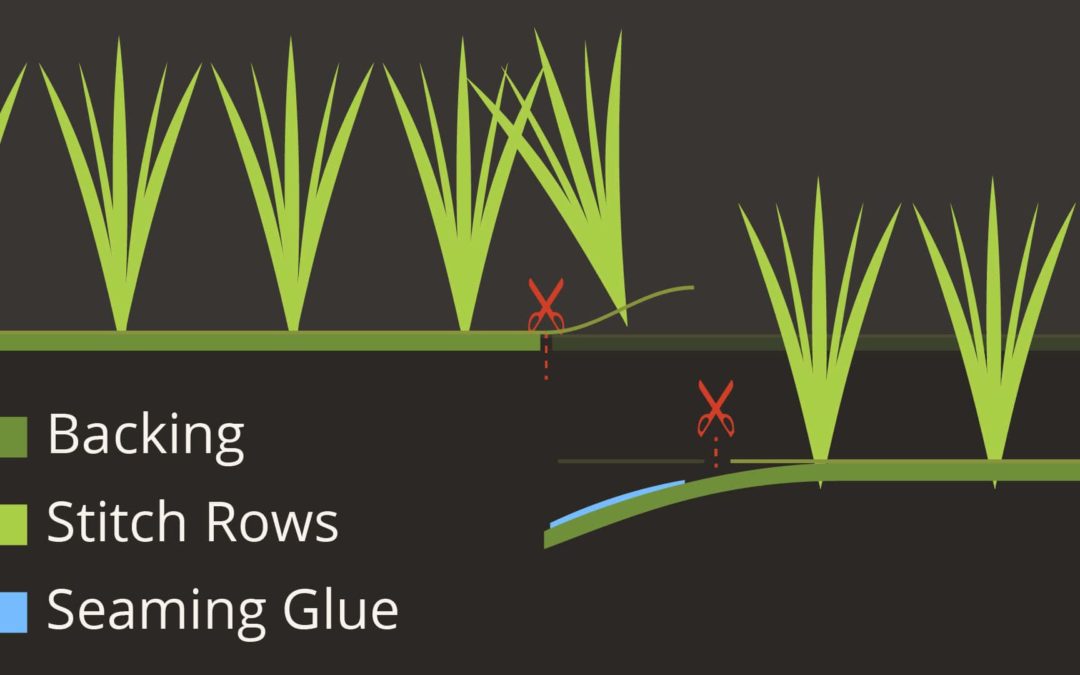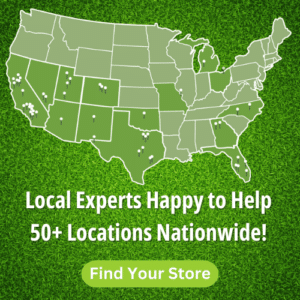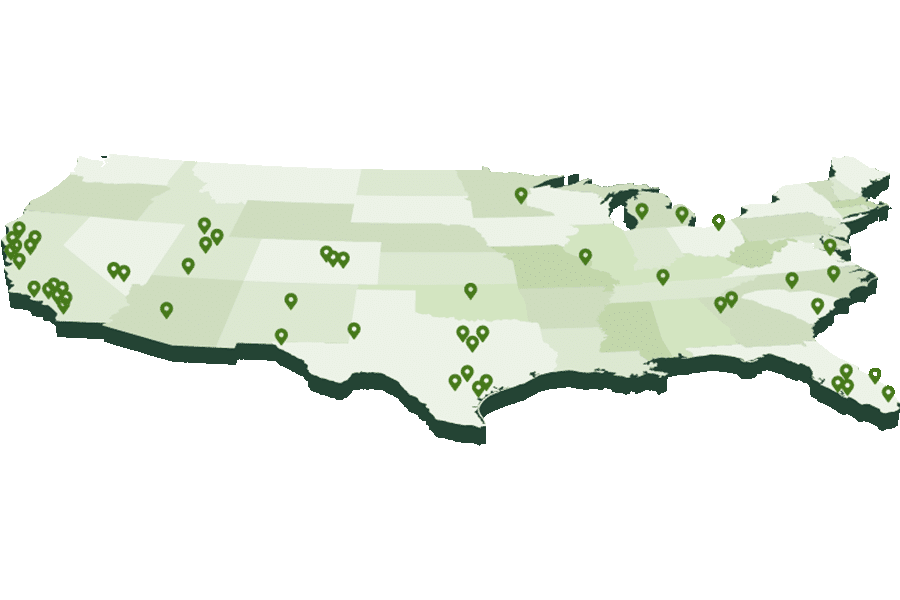Updated February 14, 2023:
If you’re thinking about installing artificial grass yourself, you’ve probably taken note of other peoples’ artificial lawns. If you have, chances are you’ve noted a few of them that demonstrate a worrying defect: lines or ridges running through the grass. In this post, we’ll explore what these lines are and how you can avoid them altogether.
Visible Seams in Artificial Grass: A Symptom of Imprecise Seaming
Lines in artificial grass are caused by seams. A seam is a place where two pieces of artificial turf are joined together. This might sound like a simple procedure. “Just grab the two pieces, line them up, give them a pat or two, and presto! A perfect seam.” Unfortunately, it’s more complex than that. In fact, it’s one of the most difficult aspects of installing artificial turf, and takes quite a bit of practice to become proficient at it. If the two pieces of turf overlap or are too far apart by even a little, the result will be a visible line or lines in the grass.
You might think, “Can’t I just get one big piece of turf to cover the whole area and not have to do any seaming at all?” Well, that depends. How big is your installation area? Is it a rectangle or are there lots of curves and corners to fill? Artificial grass comes in big rolls, so, unless your yard is the exact shape and size of a roll of turf, some cutting and seaming will almost certainly be necessary.
There’s a lot to pay attention to if you want to avoid visible seams in artificial turf. You need to observe the turf’s gauge and grain direction while also considering how best to secure the seam.
Seaming Consideration: Gauge
Gauge is just another word for the distance between stitch rows in a given piece of turf.
“Aaaaaand what’s a stitch row?”
Grass blades are stitched into the backing material in rows, like a cornfield.
A row of stitches.
A stitch row.
So the gauge is the distance between them. This distance is important to take into account when seaming two pieces of grass with parallel stitch rows because you want the gauge to be visually uninterrupted by your seam as if it were all one big piece of turf.
With this in mind, take special care to match the gauge when cutting turf for seaming.
Seaming Consideration: Grain Direction
This is pretty straight-forward. Grain direction is the general direction in which the blades of grass point. Unless you are installing a playground or sports turf, your grass will have an obvious grain. When seaming, you want to make sure both pieces of turf are situated so that their grain is in the same direction. That might be the easiest part of the whole seaming process.
Seaming Consideration: Securing Method
There are generally two ways to secure seams in artificial grass. Method 1: Seaming tape and glue. Method 2: Nails.
Method 1 involves applying glue to a strip of specialized tape that runs the length of the seam below both pieces of turf. Then, both sides are pressed to the glue. Allow the seam to set for about 24 hours before putting a lot of foot traffic on it, as this may undo your careful alignment.
Method 2 entails simply nailing in non-galvanized nails on either side of the seam in a staggered formation. This is also a very viable method, but only for grass that will receive low or medium levels of traffic. If you expect your traffic level will be fairly low, this might be the best option for you.
Method 1 is the most secure and the most expensive. Method 2 is inexpensive, but sacrifices a bit in the security of the seam. For this reason, we typically recommend method 1 as the best way to avoid visible seams in artificial grass, but a combination of the two methods might also work for your application. Be sure to get in touch with our turf experts for additional guidance selecting the best method for you.
In Conclusion…
That’s about it! Don’t want seams in your yard? Just take some extra precautions while installing and you’ll never see them. Of course, we always recommend having your artificial lawn installed professionally in order to mitigate the risk of defects like visible seams. Our install teams are highly experienced in creating beautiful landscapes. Come talk to us about your project and our artificial turf experts will be happy to provide guidance!
THE AFTER BLOG BLOG
Hello, friend! Thank you for joining us. Have you taken a look at our knowledge base? If you’ve got a question about artificial grass, it has the answer!
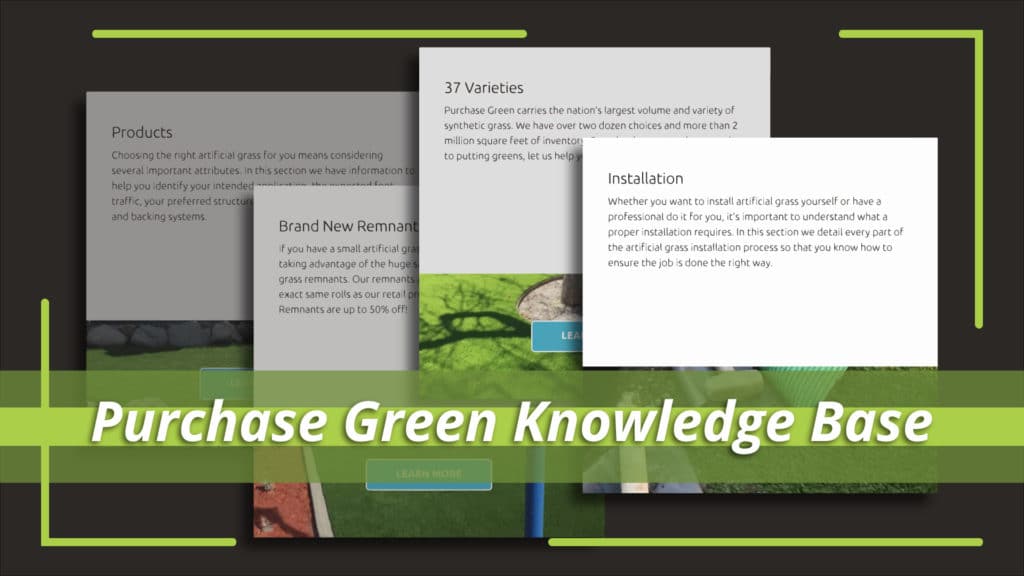
We are continually updating this collection of videos, articles, and e-books with the most up-to-date artificial grass information on the interwebs. Whether you’re a homeowner just investigating artificial grass, or a do-it-yourselfer looking to install your own grass, or a landscape professional seeking best practices, we’re confident you won’t be disappointed. The best part: it’s free!
